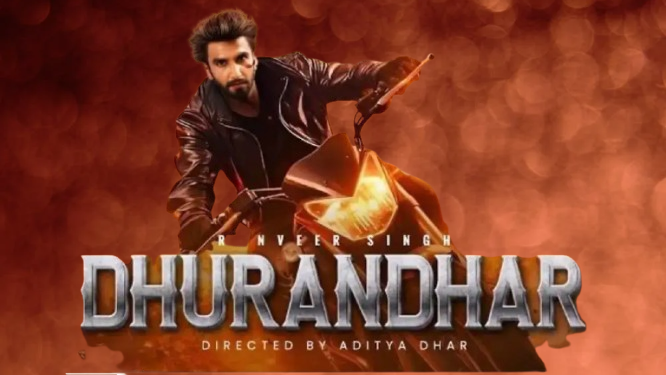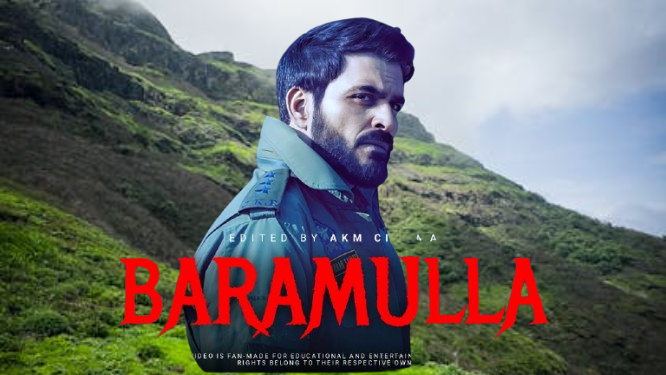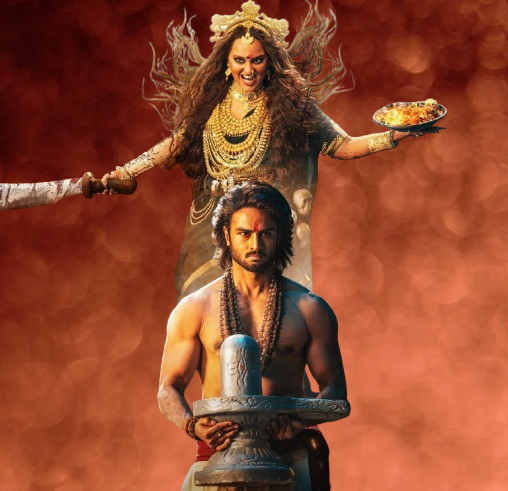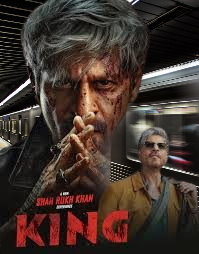Dhurandhar Movie 2025 Movierulz Review Details

Dhurandhar (2025) Review: Aditya Dhar’s High-Stakes Vision
| Category | Score |
|---|---|
| Overall | 4 / 5 My personal take — may change with director’s cut. |
| Director’s Vision | 4.5 / 5 |
Quick hook
You know that rare film that feels like a state secret revealed on screen? Dhurandhar carries that energy — taut, patriotic, and shaped by a director with a clear agenda.
As a reviewer with 15 years covering Indian thrillers and more than 500 films seen in detail, I found Aditya Dhar’s choices bold and often unforgiving in ways that serve the story.
Director’s Choices — intent and execution
Aditya Dhar wears multiple hats here — writer, director and producer — and that control shows. Choices are deliberate: close, claustrophobic frames during tradecraft; wider, triumphant beats for patriotic set-pieces.
The film takes inspiration from real events and the life of Ajit Doval, and Dhar frames these moments as near-Shakespearean betrayals — big emotions, smaller gestures.
What worked
- Focused narrative — the mission-driven plot seldom wanders.
- Tonal control — Dhar keeps patriotism grounded, not melodramatic.
- Performance direction — he draws layered work from Ranveer Singh and veterans like Sanjay Dutt and Madhavan.
What didn’t
- At times the pacing favours intensity over subtlety; a few scenes feel staged for posterity.
- Some secondary characters could have been sketched with fewer lines and more presence.
Inspiration: nods to classical betrayals and modern espionage thrillers give the film a hybrid pulse.
Insight: Dhar’s restraint in dialogue lets visuals and silence carry the weight.
Takeaway: If you like director-led spy dramas with a political backbone, Dharandhar rings true.
Directorial style — signatures and motifs
Dhar’s signature here is structural: he alternates brisk tradecraft sequences with operatic confrontations. He uses recurring motifs — small religious iconography, radio/static sound design, and hands as visual metaphors for trust/betrayal.
- Visual economy — frames say more than lines.
- Musical punctuation — score cues emotions rather than overtly guiding them.
- Risk appetite — Dhar stages large action without losing human stakes.
Insight: The director trusts the audience with ellipses — he rarely spells out the moral choices.
Takeaway: Dhar’s film rewards attentive viewers; rewatching clarifies many of his callbacks.
Comparison to Aditya Dhar’s past works
| Film | Common Thread | How Dhurandhar differs |
|---|---|---|
| Previous Dhar film A | Nationalist pulse, kinetic action | More measured tone, deeper espionage details |
| Previous Dhar film B | Large set pieces | Smaller, character-driven set pieces here |
The main shift is maturity: Dhurandhar feels like Dhar stepping up from spectacle to sustained thematic depth.
Cast highlights & directorial rapport
| Actor | Role | Director’s approach |
|---|---|---|
| Ranveer Singh | Lead operative | Wrestles bravado with contained vulnerability |
| Madhavan | Ajit Doval | Measured, authoritative — Dhar lets silence do the acting |
| Sanjay Dutt | Veteran power role | Played with theatrical gravitas |
| Akshaye Khanna, Arjun Rampal, Sara Arjun | Supporting | Sharply directed in key beats |
Insight: Dhar’s casting choices show he wanted actors who could carry moral ambiguity.
Takeaway: Performances elevate the script at every crucial turn.
Directorial choices — table of pros & cons
| Choice | Why it matters | Effect on film |
|---|---|---|
| Real-event grounding | Lends gravitas | Heightens stakes; invites scrutiny |
| Shakespearean betrayal motif | Shapes emotional arcs | Makes personal conflict feel epic |
| Intense close-ups | Conveys tradecraft intimacy | Creates claustrophobia; sometimes slows pacing |
Comparison to contemporary spy cinema
Dhurandhar is less gadget-driven than some western spy films and more rooted in tradecraft and human cost. It aligns with a 2025 trend of realism in espionage storytelling.
| Element | Dhurandhar | Typical 2025 Spy Film |
|---|---|---|
| Tradecraft detail | High | Medium |
| Patriotic tone | Earnest | Variable |
| Emotional core | Strong | Often secondary |
Insight: The film bridges mass-market patriotism and niche spy realism.
Takeaway: It may become a reference point for future Indian spy dramas.
Final verdict — director’s score explained
Score rationale: I gave the director’s vision a 4.5/5 because Dhar crafts a clear, confident point of view, balances spectacle with intimacy, and draws standout performances. Minor pacing and a few underwritten supporting arcs prevent a perfect mark.
Note: This rating’s personal — it could shift when seeing a director’s cut or with new context. Ratings are my take and may shift with rewatch—your mileage varies.
FAQs
Q1: Does Aditya Dhar handle real events responsibly?
A1: Broadly yes — the film treats source material with respect, using dramatization but avoiding cheap exploitation.
Q2: Is Dhurandhar more action or character study?
A2: It’s a hybrid — action anchors it, but the director prioritizes character decisions and moral cost.
Q3: Should I watch it for performances or the political narrative?
A3: Both — strong performances serve the political spine, making it satisfying on either front.
Closing line
Aditya Dhar aims high, and mostly hits. Dhurandhar is a director’s film — confident, occasionally flawed, and ultimately memorable. As someone who’s tracked Indian thrillers for 15 years, I feel this one marks Dhar’s best-sustained attempt at marrying spectacle with substance.








